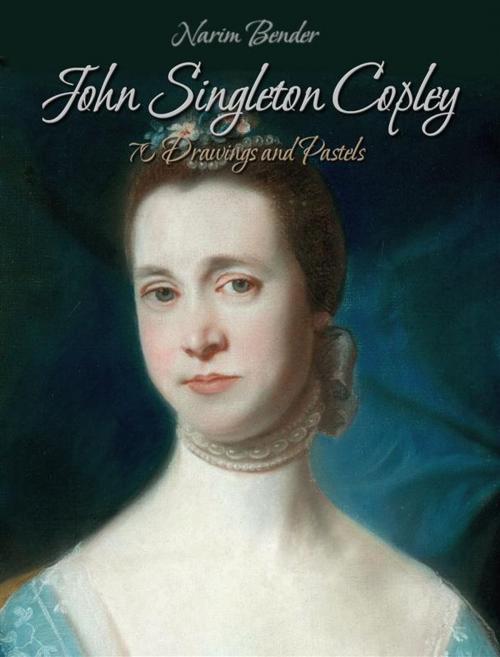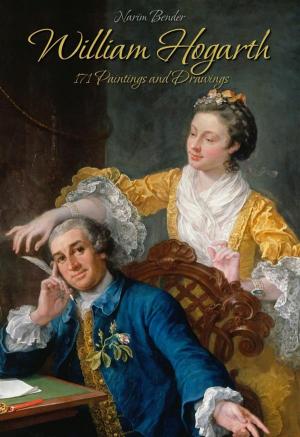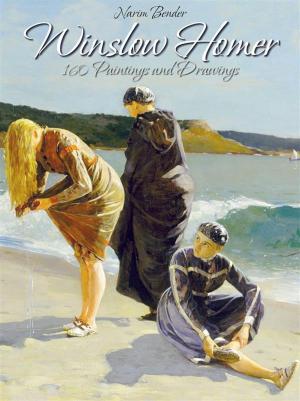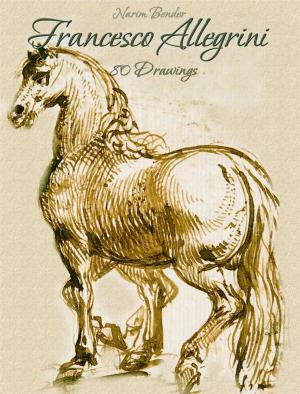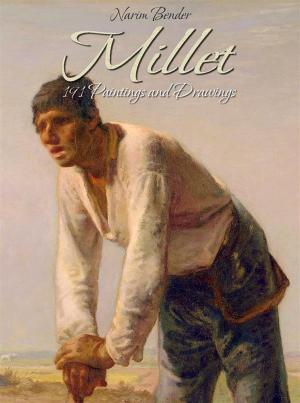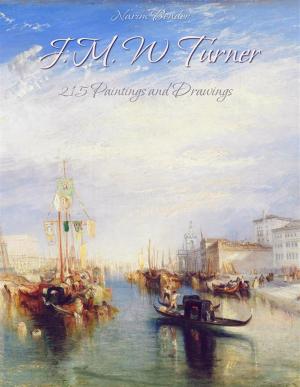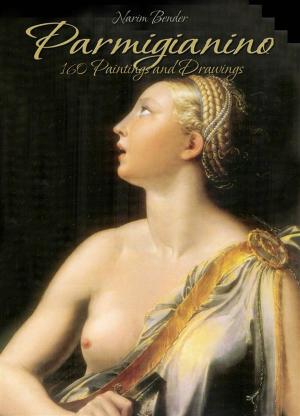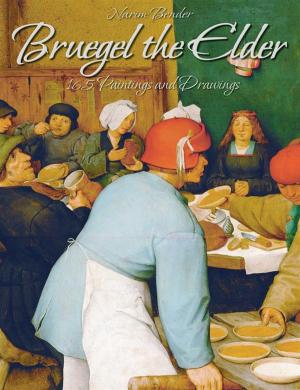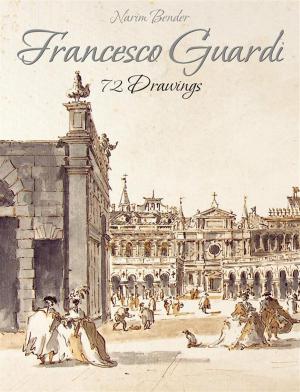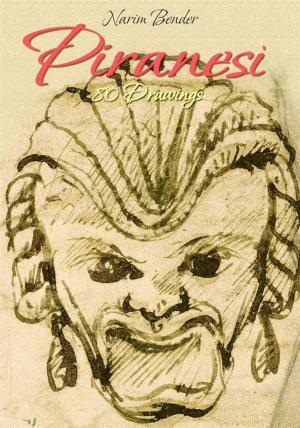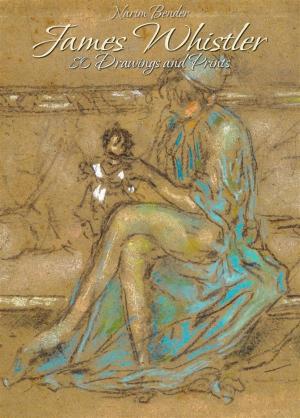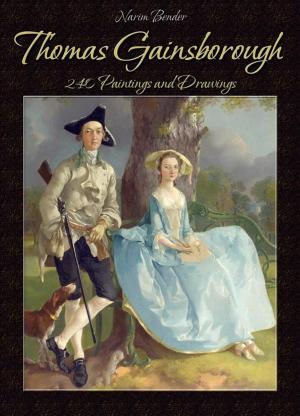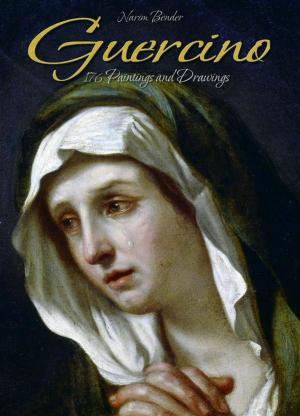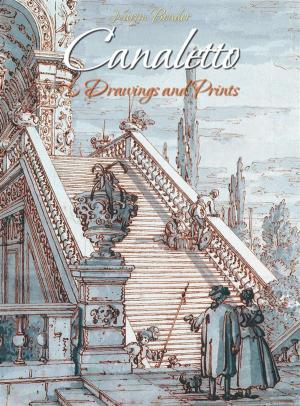John Singleton Copley: 70 Drawings and Pastels
Nonfiction, Home & Garden, Crafts & Hobbies, Art Technique, Drawing, Art & Architecture, General Art| Author: | Narim Bender | ISBN: | 9786050374964 |
| Publisher: | Narim Bender | Publication: | April 27, 2015 |
| Imprint: | Language: | English |
| Author: | Narim Bender |
| ISBN: | 9786050374964 |
| Publisher: | Narim Bender |
| Publication: | April 27, 2015 |
| Imprint: | |
| Language: | English |
John Singleton Copley (1738 – 1815) was an American painter, active in both colonial America and England. He was probably born in Boston, Massachusetts, to Richard and Mary Singleton Copley, both Anglo-Irish. He is famous for his portrait paintings of important figures in colonial New England, depicting in particular middle-class subjects. His paintings were innovative in their tendency to depict artifacts relating to these individuals' lives.
John Singleton Copley’s portraits of colonial New Englanders, including Paul Revere and John Hancock, are considered among the best examples of early American art. In painting “visual biographies”—portraits that subtly indicated the sitter’s social position through narrative details—Copley endeared himself to his patrons by depicting them as they desired to project themselves.
Embodying the same entrepreneurial spirit underlying the success of many of his working-class subjects, the self-taught Copley built a name for himself by introducing private exhibitions and promoting mass-market prints of his own work.
While known primarily for his oil paintings, Copley was also a pioneering American pastelist, having requested a set of the “best Swiss crayons” from the Swiss painter Jean-Étienne Liotard. Upon immigrating to London in 1774, he concentrated on historical narrative scenes—as in his famed Watson and the Shark (1778)—then considered to be the highest form artistic expression.
Copley was one of the greatest and most influential painter in colonial America, producing about 350 works of art. With his startling likenesses of persons and things, he came to define a realist art tradition in America. His visual legacy extended throughout the nineteenth century in the American taste for the work of artists as diverse as Fitz Henry Lane and William Harnett. In Britain, while he continued to paint portraits for the élite, his great achievement was the development of contemporary history painting, which was a combination of reportage, idealism, and theatre.
John Singleton Copley (1738 – 1815) was an American painter, active in both colonial America and England. He was probably born in Boston, Massachusetts, to Richard and Mary Singleton Copley, both Anglo-Irish. He is famous for his portrait paintings of important figures in colonial New England, depicting in particular middle-class subjects. His paintings were innovative in their tendency to depict artifacts relating to these individuals' lives.
John Singleton Copley’s portraits of colonial New Englanders, including Paul Revere and John Hancock, are considered among the best examples of early American art. In painting “visual biographies”—portraits that subtly indicated the sitter’s social position through narrative details—Copley endeared himself to his patrons by depicting them as they desired to project themselves.
Embodying the same entrepreneurial spirit underlying the success of many of his working-class subjects, the self-taught Copley built a name for himself by introducing private exhibitions and promoting mass-market prints of his own work.
While known primarily for his oil paintings, Copley was also a pioneering American pastelist, having requested a set of the “best Swiss crayons” from the Swiss painter Jean-Étienne Liotard. Upon immigrating to London in 1774, he concentrated on historical narrative scenes—as in his famed Watson and the Shark (1778)—then considered to be the highest form artistic expression.
Copley was one of the greatest and most influential painter in colonial America, producing about 350 works of art. With his startling likenesses of persons and things, he came to define a realist art tradition in America. His visual legacy extended throughout the nineteenth century in the American taste for the work of artists as diverse as Fitz Henry Lane and William Harnett. In Britain, while he continued to paint portraits for the élite, his great achievement was the development of contemporary history painting, which was a combination of reportage, idealism, and theatre.
